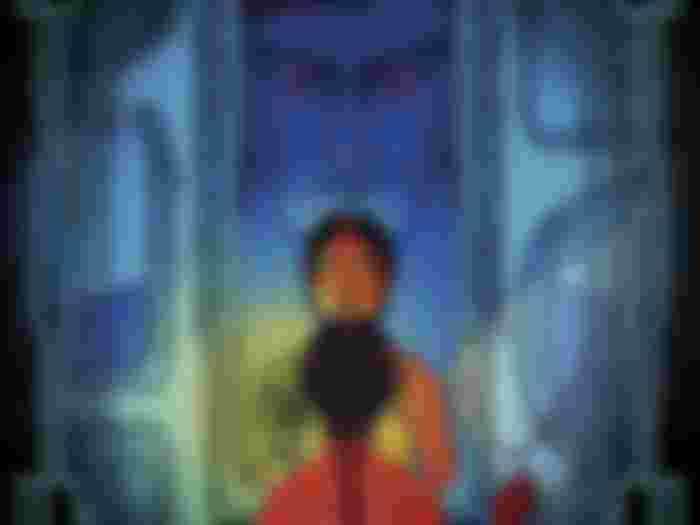Literary Analysis on “The Woman Who Had Two Navels” by Nick Joaquin
In The Woman Who Had Two Navels (1961) authored by a well-known Filipino playwright, journalist, and author, Nicomedia Joaquín y Márquez, the author tells the story without using consistent narrative techniques and communicates the topics in an ad hoc manner. When characters are introduced in order, the story gradually uncovers places, themes, and plots. The tale, as described in the novel, centers around the upper-middle class, and portrays how each character fights to keep his or her self-identity in a foreign place such as Hong Kong, reflecting a postcolonial expatriate mindset. The Woman Who Had Two Navels, on the other hand, preserves the combinations of hatred, love, and sorrows that express life's reality, making the story more intriguing and interesting to readers. The book, "two novels", is most likely a reference to the Philippines and Hong Kong. Even though the plot is largely set in Hong Kong, the culture and traditions of the Philippines are highlighted throughout the novel.
As the novel unfolds, it is discovered that the attempt to create roots and the need to bond, particularly about cultural identity, is continuously and demonstrated by the Filipino characters, specifically Connie, Concha, Paco, and Dr. Monson. At this time, the sense of nationalism or belonging to the Filipinos is represented not just through the primary female characters Connie and Concha. Dr. Monson is always teaching his son, Pepe, about his beloved homeland, the Philippines. Dr. Monson once pledged not to return to the Philippines until it got freedom, but he eventually did. However, after seeing the collapse of his home, Conchita de Vidal tells Pepe, "Whenever I see that shattered stairway, I feel your father waiting" (159). The fact that he becomes frail and changes after seeing the destruction of the Philippines shows that he was unable to rescue his beloved nation, even though he was previously a revolutionist who fought alongside other revolutionaries. Monson portrayed a man who exemplifies masculinity by defending his motherland. Thus, his inability to protect the country symbolizes a failure of masculinity, causing him to become fragile and changing. In other words, Dr. Monson's inability to safeguard his homeland makes him feel emasculated, as he discusses with his son, Pepe.

